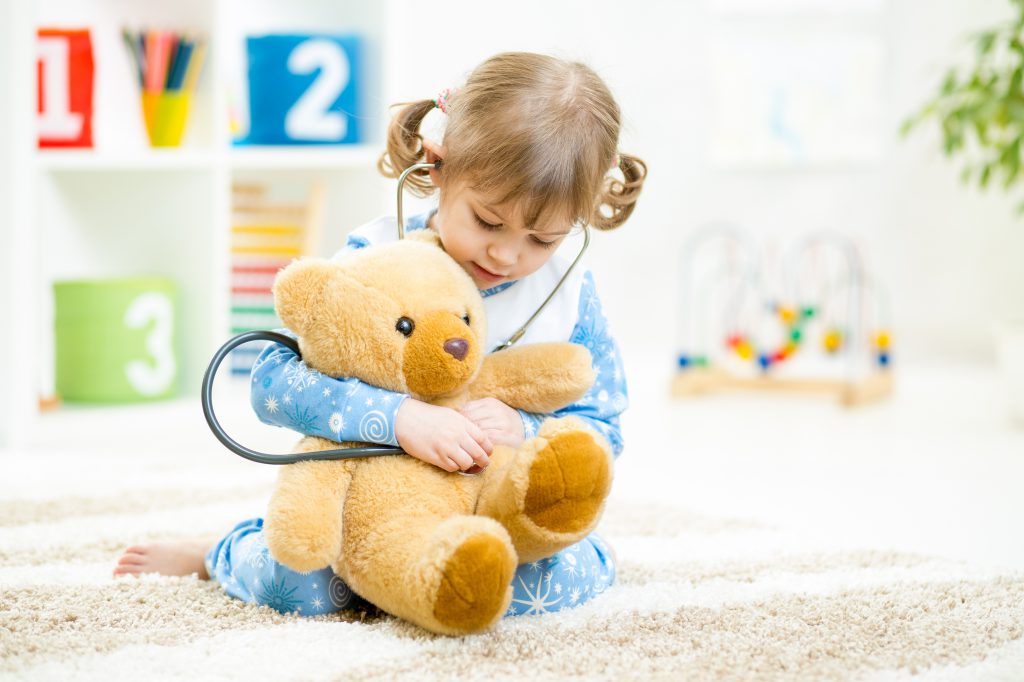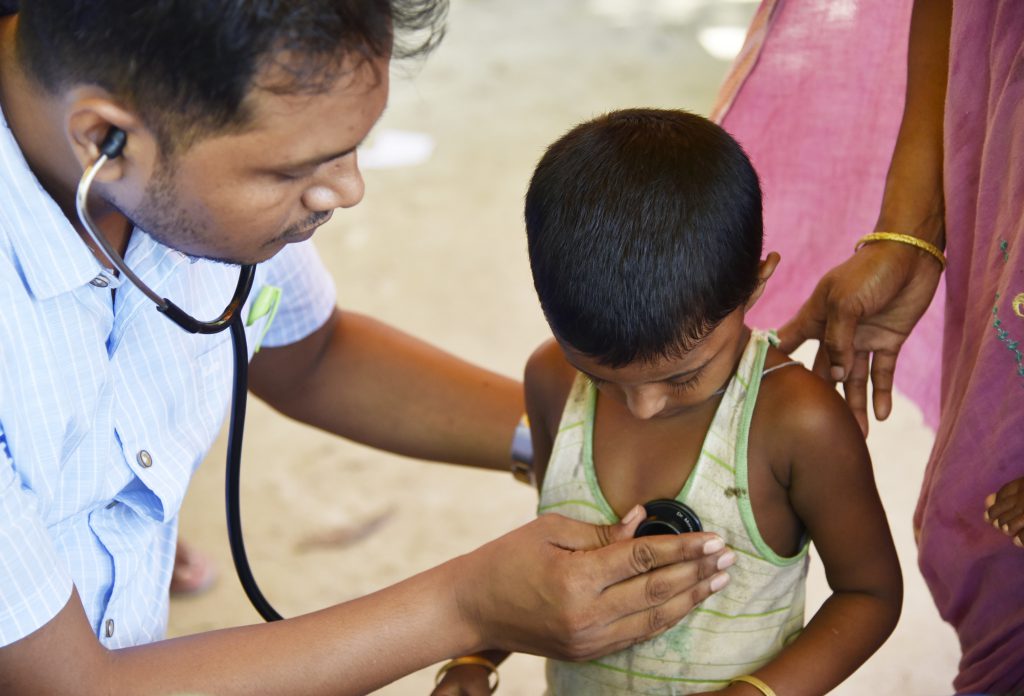The United Nations Convention on the Rights of the Child (UNCRC), adopted in 1989, and ratified by all UN member states excluding the United States, is concerned with the rights of the child. It is meant to cover all aspects of a child’s life. (UNICEF)
The Article 24 focuses on the right to health.
“States Parties recognize the right of the child to the enjoyment of the highest attainable standard of health and to facilities for the treatment of illness and rehabilitation of health. States Parties shall strive to ensure that no child is deprived of his or her right of access to such health care services.”
Beyond the right to health, however, the UNCRC also emphasizes on children’s right to information about their health:
“To ensure that all segments of society, in particular parents and children, are informed, have access to education and are supported in the use of basic knowledge of child health and nutrition.”
(UNICEF)
The child has a say to his/her health. Health measures can be frightening experiences for children. Hospitals can also be discomforting places for children, especially for young children without the visitation, and assistance of parents. In the twentieth century, psychologists and child health specialists in the UK and the US researched children’s symptoms of separation, loss, and detachment in hospitals, and consequently made the case for the importance of the presence of parents in hospitals.

Their research had major impacts across the UK and Australia in the children’s health sector, especially after the publishing of the Platt Report in 1959 in the UK which described the horrific conditions of children in hospitals. Since, family-centered care has been prioritized in the UK, and the US. (Shields, L., and Nixon, J., 1998)
The UNCRC follows this method, while affirming the child’s right to private knowledge to health, without the interference of parental (or guardian) information. The most effective methods of care are those which consider the child’s emotional wellbeing, and consent beyond his, or her medical needs. (UNICEF)
The World Health Organization further emphasizes on a child’s importance to a discussion about his or her health. In 2018, their “Standards for improving the quality of care for children and young adolescents in health facilities” publication reported on the effectiveness of communication and participation of the child in discussions of health. These methods ensure the respect of the consent of the child, while enabling the development of the child’s “learning and progressive autonomy.” With these methods, WHO hopes to construct a “child – and family-centered care.”

Author and nurse at Trinity College Dublin Imelda Coyne has even argued for the move from family-centered care to child-centered care, separating the two, and favoring the latter as it strengthens the child’s perspective, viewing “the child as an agent representing own experiences and wishes to be respected and negotiated.” (Coyne, I., Hallström, I., & Söderbäck, 2016) These considerations help achieve the standard which UNCRC has set for children’s rights.
NGOs working with children are encouraged to follow these methods. At Humanium, our approach is child-centered. Helping the child, working with the child while communicating, our ultimate aim is to empower the child to realize his or her goals within their community. Working across different countries, we aim to make children aware of their capacities.
Most importantly, we believe in a participatory approach, encouraging autonomy and sustainable development. We believe these skills are crucial to the growth development of the child. In our health projects, these are the methods we undertake. Namely, in India we have worked in numerous villages since 2008, improving the living conditions of children through health measures related to malnutrition, poverty, and unclean water.

Our projects have promoted sustainable development on the long term, with the aim of eradicating child labor, and improving the conditions of those children hardest hit. In Perumbakkam, Tamil Nadu, we created medical camps to improve children’s access to health, focusing on anemia and malnutrition which impact many children’s lives. Similarly, in Azakusamudram we worked on a project for sustainable development, focusing on providing better access to basic health and hygiene principles for children.
Through these measures, babies and children are visited by doctors in order to improve their health. More recently, since 2015, we have worked in Rwanda with adults on recovering from their past traumas in their childhoods during the genocide. With workshop sessions, we aimed to establish a better protection of children, stopping the cycle of violence, and ensuring a peaceful family environment for future generations.
Working with children, we acknowledge the importance of recognition of the child’s needs and priorities, from the child’s perspective. Communication is the key! And so is participation! These methods help us make children’s rights a reality at Humanium.
Written by Leah Benque


